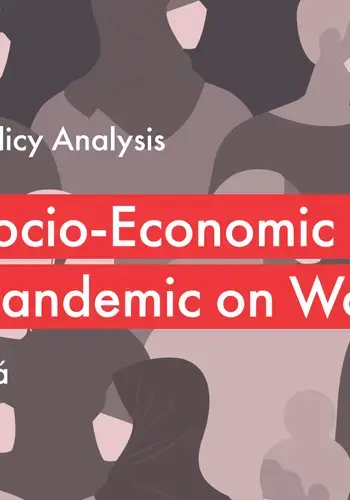INTRODUCTION
Several expert articles and papers have been written about the devastating effects of the COVID-19 pandemic on the social and economic situation of people around the world in general. However, the human population is not a homogeneous group. Therefore, it can be expected that the social and economic effects of this pandemic will have different effects on women than on men. In addition, the different intersecting identities that women have also factor into the differential impacts they feel - including their access to resources and decision making. For example, Roma women have historically been marginalized and discriminated against in society, in general, because of their skin colour and nationality. Because of this historical marginalization, their work in the informal economy and rural sectors have faced additional burdens and negative impacts as a result of COVID-19. It is clear that the pandemic and its economic fallout are having a regressive effect on gender equality and this also applies to women in policy and decision making. Various studies before the pandemic have shown that women MPs have to deal with greater challenges than their male counterparts and since the start of the pandemic such challenges only become worse. Women and girls face multiple forms of discrimination. “While everybody is vulnerable to COVID-19, people are far from equally affected by pandemic responses. There are stark gendered disparities, and the most marginalized people are the hardest hit. Women and girls are at heightened risk of domestic violence, inadequate access to essential health care (both before and during the pandemic), COVID-19-related punishment, economic insecurity, and the imposition of unpaid and unrecognized care work. Combine this with the stigma and intersectional discrimination that marginalized women and girls already face, and we can see that women and girls are undeniably being “left behind”.

